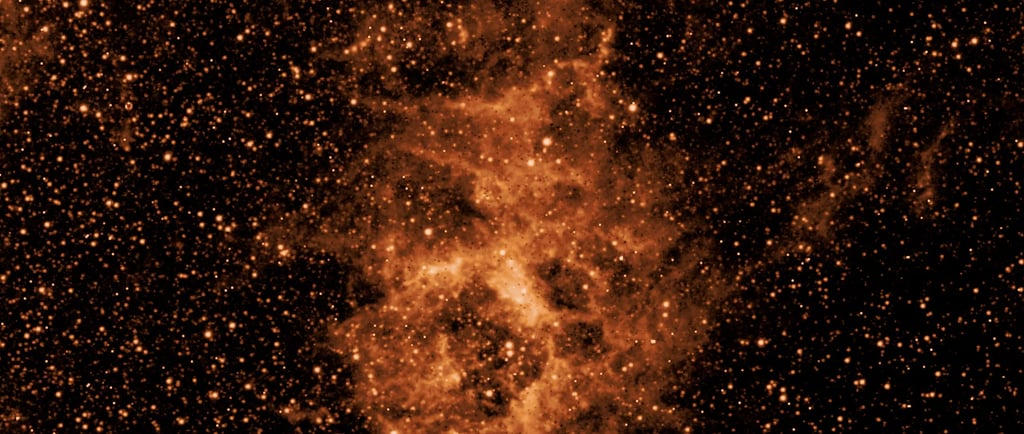NASA's SPHEREx Space Observatory: Charting the Cosmos


Introduction to SPHEREx
Launched on March 11, NASA's SPHEREx (Spectrographic Imaging for the Recognition of the Evolution of Cosmos) space observatory has embarked on a mission that could reshape our understanding of the universe. After a thorough six-week period of checkouts and calibrations, the spacecraft is now fully operational and ready to tackle some of the most profound questions about the formation of galaxies and the potential for life beyond Earth.
Mapping the Sky in 3D
The primary objective of SPHEREx is to map the entire sky, obtaining detailed observations of hundreds of millions of galaxies in three dimensions. This ambitious undertaking not only emphasizes NASA's commitment to advancing our knowledge of the cosmos but also provides an opportunity to uncover the secrets of our universe's origins. Each day, the observatory captures around 3,600 images, a feat that translates to over a million images annually over the course of its two-year mission.
Scientific Implications and Future Research
Beginning regular science operations on May 1, SPHEREx is poised to deliver unprecedented insights into the Milky Way and its contents. By analyzing the light emitted from various celestial bodies, the observatory aims to identify the evolutionary history of galaxies and the conditions necessary for life to develop. This research could potentially answer pivotal questions related to cosmic dust, star formation, and the prevalence of habitable environments within our galaxy.
Furthermore, the data collected by SPHEREx will serve as a valuable resource for astronomers and scientists around the globe, fostering collaborative efforts to deepen our understanding of the universe. As we continue to explore distant galaxies and the intricacies of cosmic evolution, the findings from SPHEREx are expected to stimulate further investigation and inspire future generations of scientists.
In conclusion, NASA's SPHEREx observatory represents a significant leap forward in astrophysical research. With its operational systems fully checked and calibrated, it stands ready to unlock the mysteries of galaxies and probe the very fabric of the universe. This mission is not merely about collection of data, but about paving the way for transformative discoveries that could ultimately redefine our place within the cosmos.
